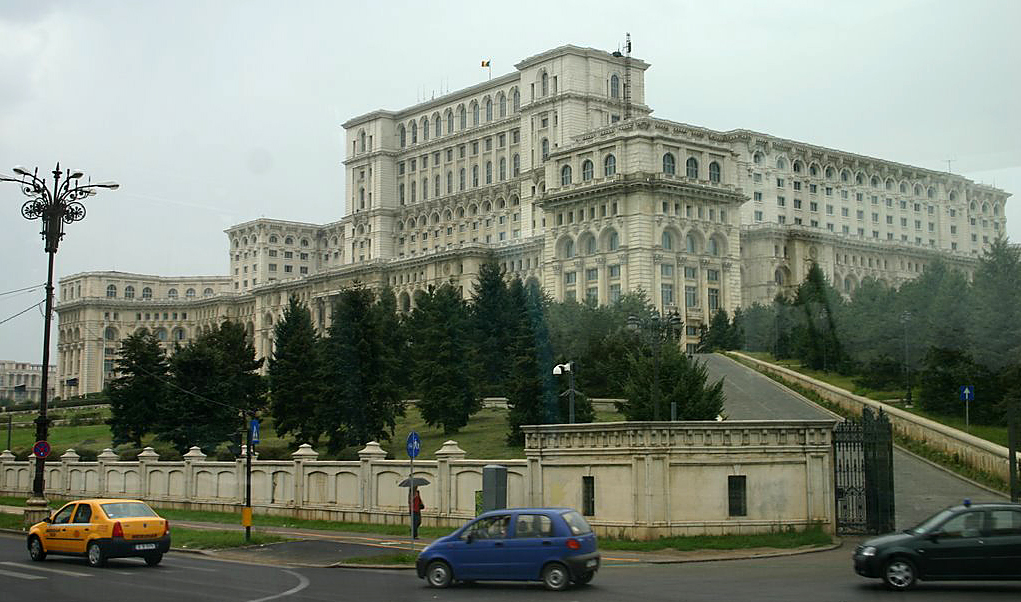The internal land border controls of Romania and Bulgaria will be lifted as of Wednesday, January 1, 2025, which completes the full entry of both countries joining the Schengen area of Europe that officially became effective as of Sunday, March 31, 2024.
Internal Land Border Controls of Romania and Bulgaria Lifted As of January 1 2025

This development means that anyone who crosses a border of Romania or Bulgaria from another country which is part of the Schengen area no longer is subject to internal border controls.
“This not only strengthens the Schengen area but it will further strengthen the internal market, increase travel, trade and tourism. A robust Schengen area reinforces the EU’s unity and makes the EU stronger at a global scale”, according to this announcement from the official Internet web site of the European Commission. “The Cooperation Frameworks that the Commission launched in March this year with Bulgaria and Romania build on the successful implementation of the pilot projects for fast asylum and return procedures. Both countries will further support joint European efforts to address EU security at the EU’s external borders and tackle migratory challenges. The Commission will also continue to offer financial support and Frontex assistance to both Member States.”
Controls at the internal air and sea borders of the two countries were already lifted effective as of Sunday, March 31, 2024.
The addition of Romania and Bulgaria marks the ninth expansion of the Schengen area, which now extends greater than 4.5 million square kilometers with a population of 450 million. Initially launched as an intergovernmental project between France, Germany, Belgium, Netherlands, and Luxembourg in 1985, the Schengen area has gradually increased to become what is currently the largest common area of free movement in the world without internal border controls.
Final Boarding Call

Traveling between countries within the Schengen area of Europe is similar to traveling between states in the United States. No passports are necessary; and no border crossings inhibit movement.
Adding Bulgaria and Romania to the Schengen area now allows for greater freedom of travel between those two countries and the other 27 countries that are currently members of the Schengen area.
The bad news is that travelers will find collecting stamps in their passports for Romania and Bulgaria to now be significantly more difficult — unless they enter those countries from outside of the Schengen area of Europe.
You can read about my day in Sofia — which is the capital city of Bulgaria — as well as peruse my photographs in the following two articles…
…and you can read about my experience driving into Romania across the border from Serbia in this article — and because Serbia is not a Schengen country, this experience likely still applies today.
All photographs ©2007 by Brian Cohen.
